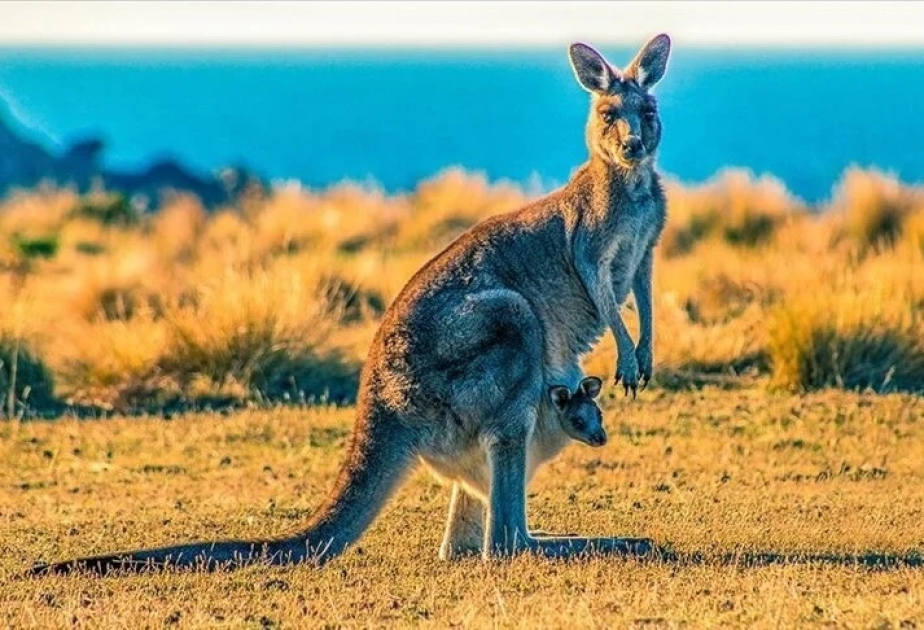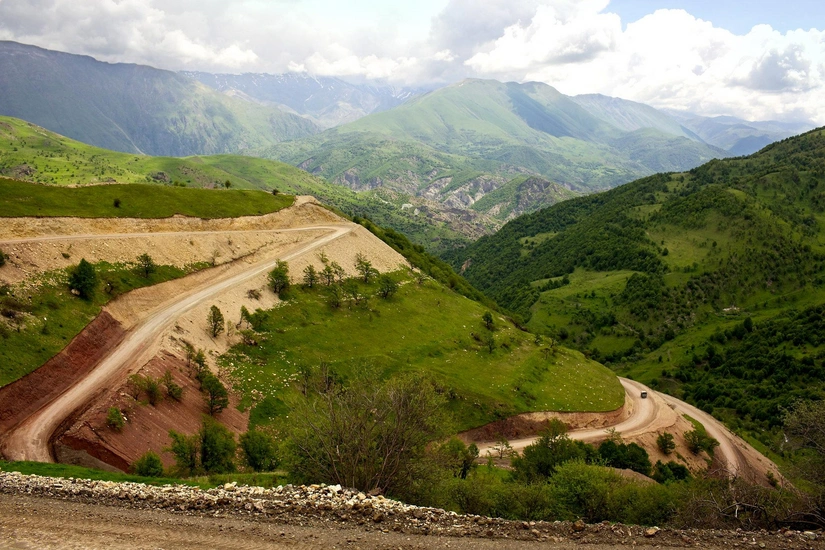Researchers announced that they have discovered three new kangaroo species that lived in Australia between 5 million and 40,000 years ago, according to Anadolu Agency.
The research team, from Flinders University in Australia, discovered the three species belonging to the extinct genus protemnodon by comparing museum findings with fossils found around Lake Callabonna in South Australia, according to an article published in the journal Megataxa.
The new species called protemnodon viator, protemnodon mamakurra and protemnodon dawsonae have been identified, with the viator species being the largest among them at 170 kilograms (374 pounds), double the size of the current-day red kangaroo.
"It was probably a bit like a red kangaroo, but a bit more thick-boned and muscular," said lead researcher Isaac Kerr.
The study involved examining fossils from 14 collections in four museums across England, the US and New Guinea for over five years, according to Kerr.
Kerr's detailed photographs and 3D scans suggest the protemnodon viator may have resided in Central Australia's large lakes and rivers.
Kerr compared the protemnodon dawsonae species, about which the least information is available, to the “swamp wallaby or redneck wallaby from today."
The protemnodon mamakurra species may have lived in the mountains of the southern coast of Australia, in the Tasmania region and on the east coast of the New South Wales region, according to the study.
It was reported that this species was "more prone to moving around on its hands and feet rather than hopping."
Yet the reason why these newly discovered Protemnodon species became extinct about 40,000 years ago has not yet been determined, according to the paleontologists.
Contrary to certain large animals, there is no indication that kangaroos suffered from a significant climate-related catastrophe or were actively hunted.
"They definitely died out once humans arrived…but there's absolutely no evidence to show that Aboriginal people hunted Protemnodon," Kerr noted.
However, this research presents an expanded dataset of Protemnodon species compared to what was previously accessible. The enhanced database holds the potential to offer greater insights into the identification of fossils.




















